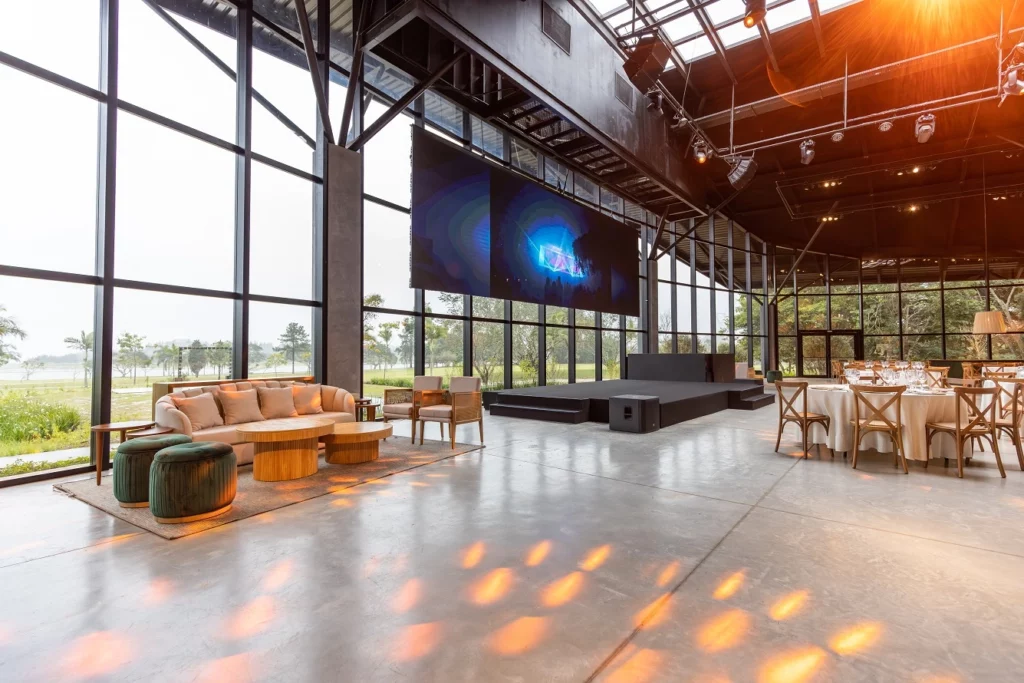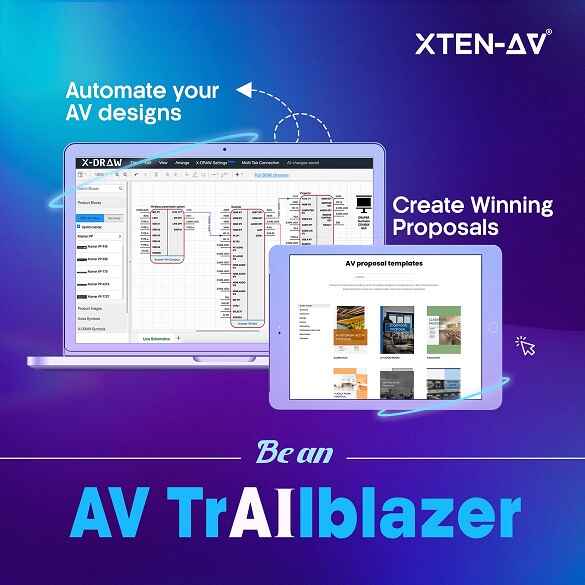Mastering AV Projects: 9 Success Practices
AV projects go beyond simply setting up screens and speakers. They involve creating experiences fostering connections, among people and effectively conveying ideas. To thrive in this field it’s crucial to embrace a set of practices that not only ensure technical expertise but also enhance project management and client satisfaction.
This blog explores nine practices that will take your AV project delivery to heights. From planning and open communication to staying updated on emerging technologies we’ll provide you with the elements for achieving success in AV projects. Whether you’re a professional or a newcomer, in the field these practices will empower you to navigate the AV landscape and deliver projects that make a lasting impact.
Establish a Comprehensive Initial Assessment
Before you start with your AV project management make sure to complete the initial assessment. This includes clearly defining the project’s objective after meeting with the client, scope, and KPIs.
Do you know the purpose of this activity? It’s to clearly understand the expectations of the parties and ensure them that you are aware of those expectations. By creating a roadmap the client is able to understand the process in detail, which helps them to communicate better with you.
Note: Keep the communication going it will help you get feedback and improve. This would also ensure that you and your client are on the same page at each step.
Develop a Comprehensive Project Plan
If you’re getting your living room redone, can you move forward without a blueprint? No right? Consider AV projects are exactly like that the client is unable to understand if you don’t craft a blueprint and present it to them. So, the only way is to come up with a plan that outlines all aspects of your project, including milestones, timelines, resource allocation, and a detailed risk assessment (important).
Adhere to AVIXA Standards
AVIXA standards serve as the Holy Grail of our industry. Commit to following these standards rigorously to ensure seamless system integration and optimal performance. They provide the scaffolding upon which you can construct a flawless AV solution.
Conduct an In-Depth Site Survey
View the site survey as your AV reconnaissance mission. Leave no stone unturned as you investigate the project location thoroughly. Document existing infrastructure, assess acoustic properties, and identify potential environmental challenges. This data will be your shield against unforeseen complications.
Select Premium AV Equipment
In the world of AV, the axiom “you get what you pay for” holds true. Opt for high-quality AV solutions that align with your project’s specific requirements. Quality equipment not only guarantees longevity but also delivers the performance and reliability demanded by today’s standards.
Implement Comprehensive Training and Support
Empower your end-users with comprehensive training on the new AV system. Beyond initial training, provide ongoing support mechanisms. A well-informed and supported user base is crucial for the sustained success of your AV deployment.
Prudent Budget Management
Budgeting is the bedrock of financial responsibility. Prepare a detailed budget that accounts for both expected and unexpected expenses. Flexibility within the budget is vital but maintaining fiscal discipline to prevent cost overruns.
Synchronize the Move-In Schedule with AV Installation
Think of the Move-In schedule as the conductor’s baton in an orchestra. Coordinate meticulously with the audio video planners to ensure a seamless transition. The goal is to have your AV system fully operational precisely when it’s needed, without disruptions.
AV Design Mastery + Winning Proposals = 10x Productivity!
- Automatic Cable Labeling & Styling
- 100+ Free Proposal Templates
- Upload & Create Floor Plans
- 1.5M Products from 5200 Brands
- AI-powered ‘Search Sense'
- Legally Binding Digital Signatures
Conclusion
In this blog we have discussed the importance of following the nine principles, for AV projects. These practices serve as a guide from the beginning of your project through planning and flawless execution all the way to continuous improvement. It’s crucial to remember that AV projects go beyond equipment and cables; they are about connecting people sharing ideas and creating experiences.
By combining expertise with communication, adaptability, and a commitment to ongoing learning you can achieve remarkable success in your AV projects that go above and, beyond expectations. As you embark on your AV journey always keep these practices in mind. By doing not will you advance your own career but also enrich the lives of those who get to experience the wonders of AV technology. Let’s aim to deliver AV projects that leave a lasting impact both today and in the future.
Frequently Asked Questions
A successful AV project manager involves planning, active participation from stakeholders, adherence to industry standards, conducting site surveys selecting high quality equipment, providing training and support effectively managing the budget and ensuring coordination with the AV installation team.
To effectively manage your AV project budget it is important to create a budget that accounts for all expenses, including ones. Regularly. Adjust the budget as necessary while prioritizing expenditures on top notch equipment and essential components.
Stakeholder involvement plays a role in ensuring that an AV project engineer aligns with goals and meets user needs. It also allows for valuable insights to be gathered potential challenges to be identified and better communication and collaboration among all participants involved in the project.
AVIXA has established industry standards for AV projects. These include standards related to system design, audiovisual control systems, display technology and cabling. Adhering to these standards guarantees consistency, reliability and compatibility in all aspects of an AV installation.
Providing support for users of your AV system is crucial for its long term success. This can be achieved through means such as offering assistance when needed conducting regular maintenance checks, on the systems functionality and providing training sessions or resources to enhance user understanding and proficiency. It includes providing training sessions for users developing user manuals or documentation establishing a helpdesk or support team and consistently addressing user concerns or problems to ensure the system functions properly and meets user satisfaction.

